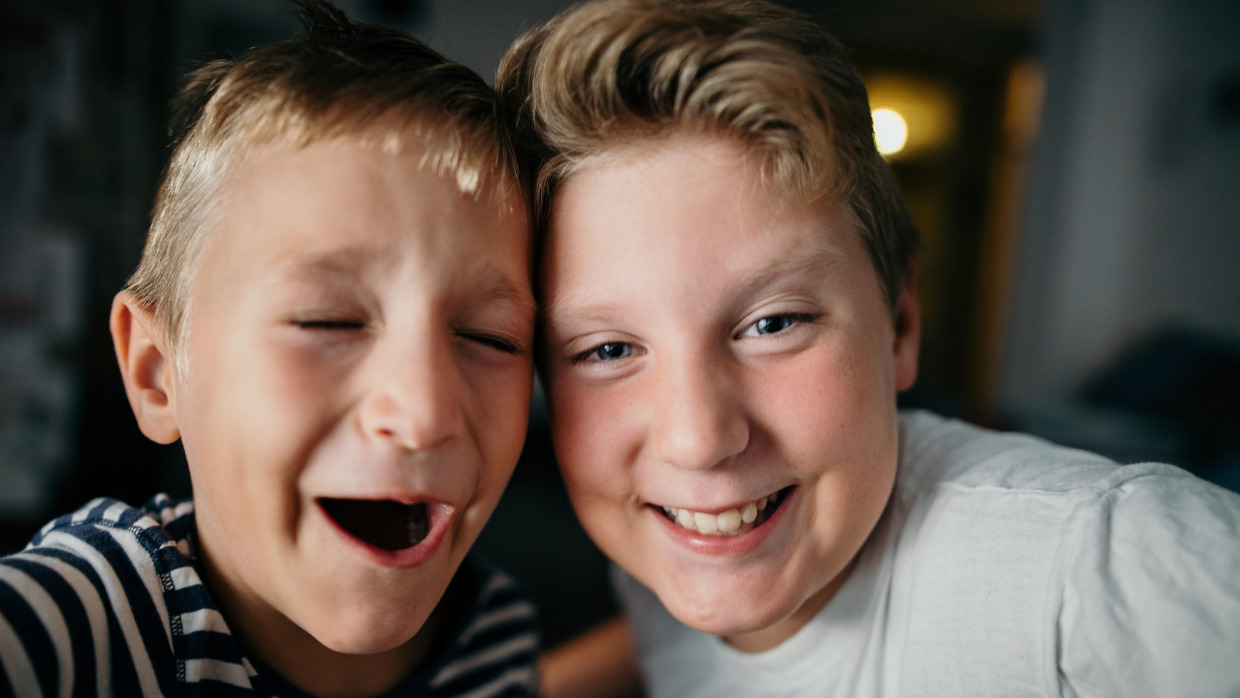 Vampire Weekend's Surprising Jewish Stories
Vampire Weekend's Surprising Jewish Stories


4 min read
The last part of the Seder is also the most fun.
Did you grow up with a Passover Seder that ended once the matzah ball soup came out? Turns out, there’s a whole other part of the Seder that happens after the children find the afikomen and negotiate for a reward.
The Seder is divided into 15 steps. The first 12 steps, including making kiddush and seeing who can eat the most horseradish without tearing up, come before the brisket is served.
The Passover Seder recounts the biblical story of the Jews exodus from Egypt and a primary theme is gratitude and thanking God for the many miracles that allowed Jews to break free from the bondage of slavery. This idea is best captured in the lively Seder song Dayenu, which means, “It would have been enough.”
Dayenu is a lesson in not taking anything for granted.
After the meal is eaten and the table is cleared, the second part of the Seder expands on the theme of gratitude, thanking God for all the times He saved the Jewish people throughout history. The Crusades, the Inquisition, the pogroms of Europe, the Holocaust and all the periods of history when antisemitism reigned are recalled. Using the text of the Haggadah, God is asked to repay our enemies for all the harm they did to the Jewish people throughout history.
This part of the Haggadah offers an ideal time to discuss how to preserve one’s Jewish identity and freedom at a time when antisemitism is again on the rise around the world.
The next major section is called Hallel, which means praise. It is made up of five chapters from the Book of Psalms (113 to 118) and is recited on all the major Jewish holidays.
As a unit, the Psalms that make up the joyful Hallel prayer praise God for all good things, past, present and future. There are approximately a dozen sections of Hallel that have been set to music, making it an especially joyous part of the Seder. These tunes are particularly well-known among those who attend synagogue and are generally sung with great gusto.
Hallel is followed by Nishmat Kol Chai, which is all about thanking God for all the good He gives to us freely (e.g. our hearts pump 24/7, we have unlimited access to oxygen, we have a roof over our heads and food to eat, we can see, we can love, etc.). Nishmat includes the idea that even if we had superhuman abilities, we would still not have the capacity to thank and praise God for all the things He does for us.
The final step is an expression of hope that we conducted the Seder completely and correctly.
But that’s not really the end. There’s a lot more singing to do! We sing L’shana haba b’Yerushalyaim (Next year in rebuilt Jerusalem!) - a joyous song expressing our desire that God return all the Jewish people to Israel and rebuild the Third Temple amid world peace.
For those with even more stamina, the Haggadah includes a number of famous optional songs, including Chad Gadya. On the simplest level, it’s a folk tale about a father, a goat, a cat, a dog and more. At our Seder, each person takes a role and imitates the sound every time it comes up in the song.
Finally, the Seder ends with the fun, tongue-twisting Who Knows One? The song associates something important in Jewish life with each number from one to 13, repeating the entire litany over and over as you pick up speed.
Look at the part of your Haggadah that comes after the meal. You may be inspired to add one or two songs to wrap up your matzah-filled night and create an experience your family will always cherish.
